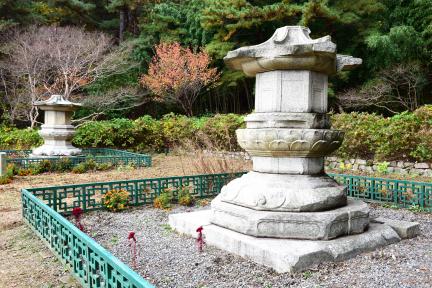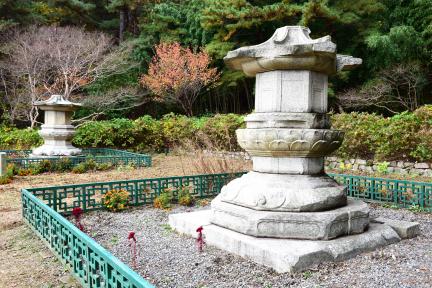국가유산 검색
보물
울주 망해사지 승탑 (蔚州 望海寺址 僧塔)Stupa at Manghaesa Temple Site, Ulju
| 분 류 | 유적건조물 / 종교신앙 / 불교 / 탑 |
|---|---|
| 수량/면적 | 2기 |
| 지정(등록)일 | 1963.01.21 |
| 소 재 지 | 울산 울주군 청량면 망해2길 102 (율리) |
| 시 대 | 통일신라시대 |
| 소유자(소유단체) | 국유 |
| 관리자(관리단체) | 울주군 |


보물
울주 망해사지 승탑 (蔚州 望海寺址 僧塔)Stupa at Manghaesa Temple Site, Ulju
| 분 류 | 유적건조물 / 종교신앙 / 불교 / 탑 |
|---|---|
| 수량/면적 | 2기 |
| 지정(등록)일 | 1963.01.21 |
| 소 재 지 | 울산 울주군 청량면 망해2길 102 (율리) |
| 시 대 | 통일신라시대 |
| 소유자(소유단체) | 국유 |
| 관리자(관리단체) | 울주군 |

ⓒ 2000. CULTURAL HERITAGE ADMINISTRATION. ALL RIGHTS RESERVED.



 국가유산
국가유산


